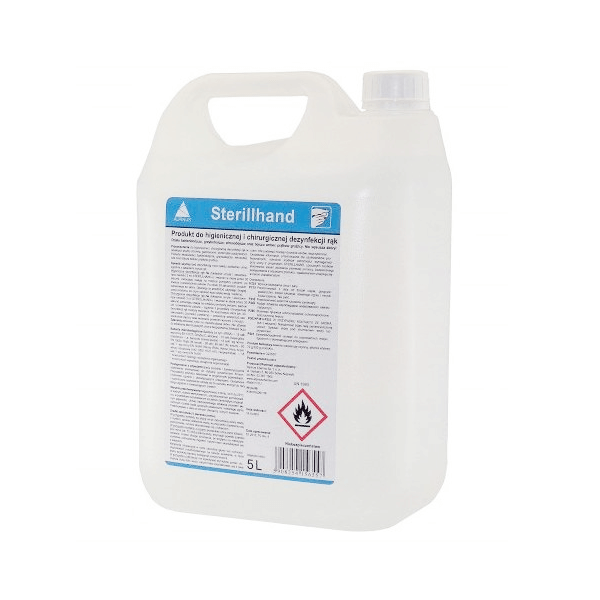
Disinfection
Disinfection – a procedure aimed at destroying microorganisms and their endspores. Disinfection destroys the vegetative forms of microorganisms, but does not always remove endspore forms. The disinfected material does not have to be sterile. Disinfection, as opposed to antiseptics, concerns objects and usable surfaces.
Disinfection results depend on three factors:Disinfection results depend on three factors:
• microorganism – species, number, physiological activity,• disinfectant – chemical and physical properties, concentration, duration of action• environment – temperature, humidity, pH, presence of organic matter, level of Ca2 + and Mn2 + cations, etc.
Physical, chemical and thermal-chemical methods are used for disinfection.
The longer the duration of action and the higher the concentration of the disinfectant (with exceptions), the higher the proportion of microorganisms will be destroyed. Due to the fact that chemicals usually do not work in a dry environment, the degree of their humidity is also important, which is especially crucial in air disinfection.
